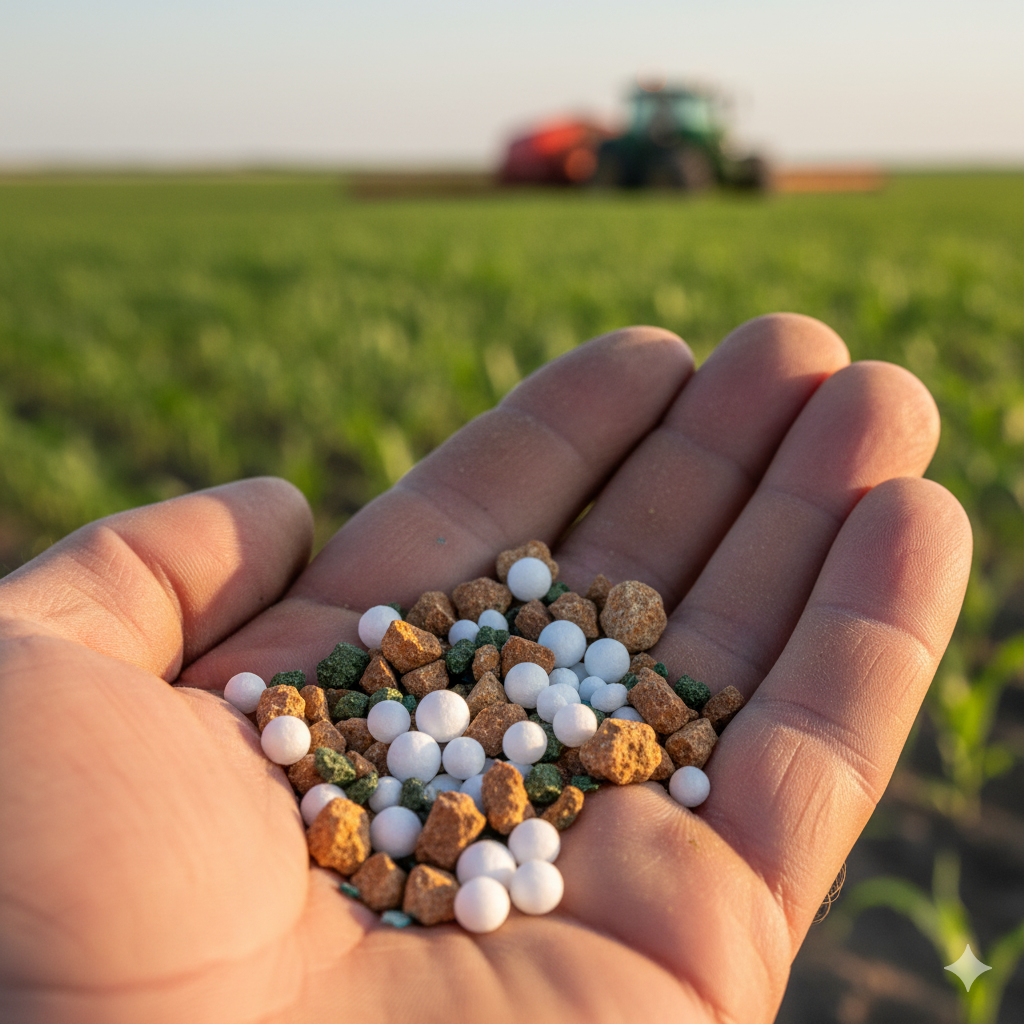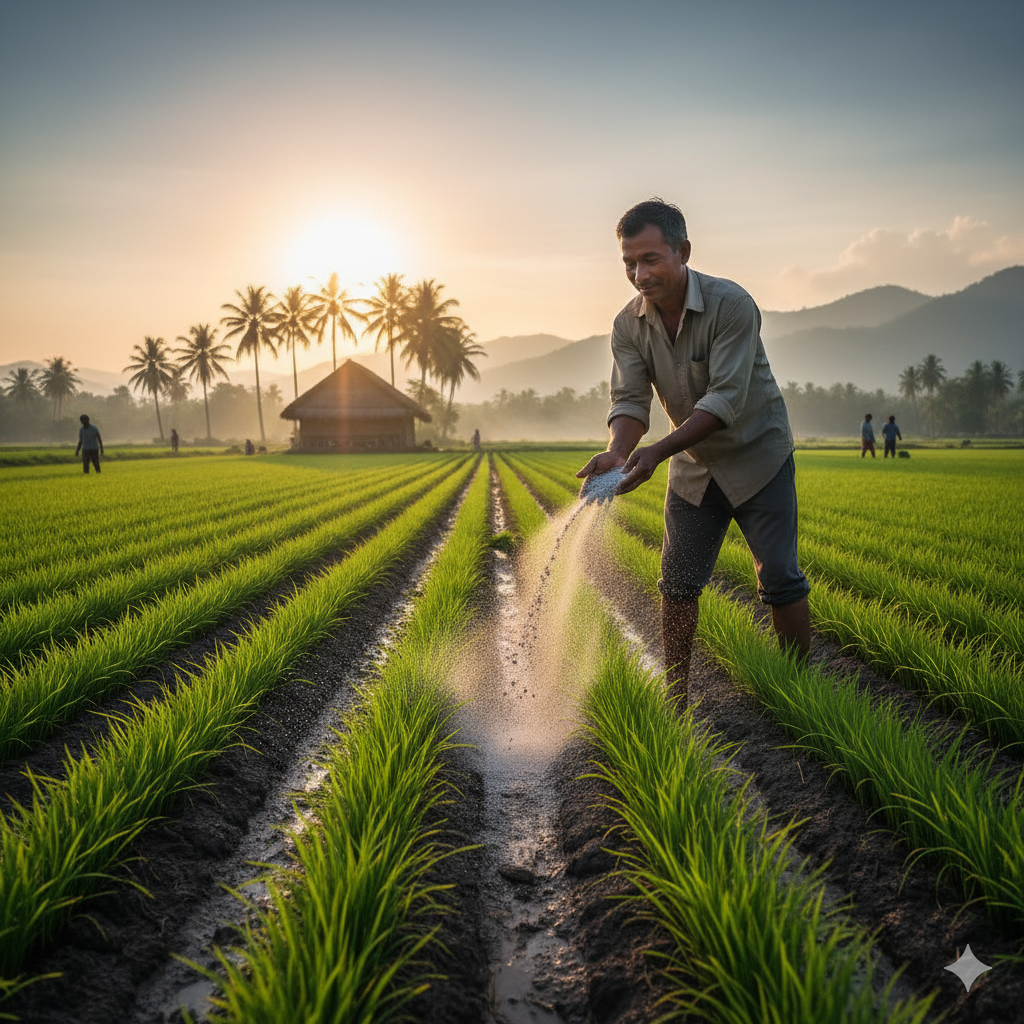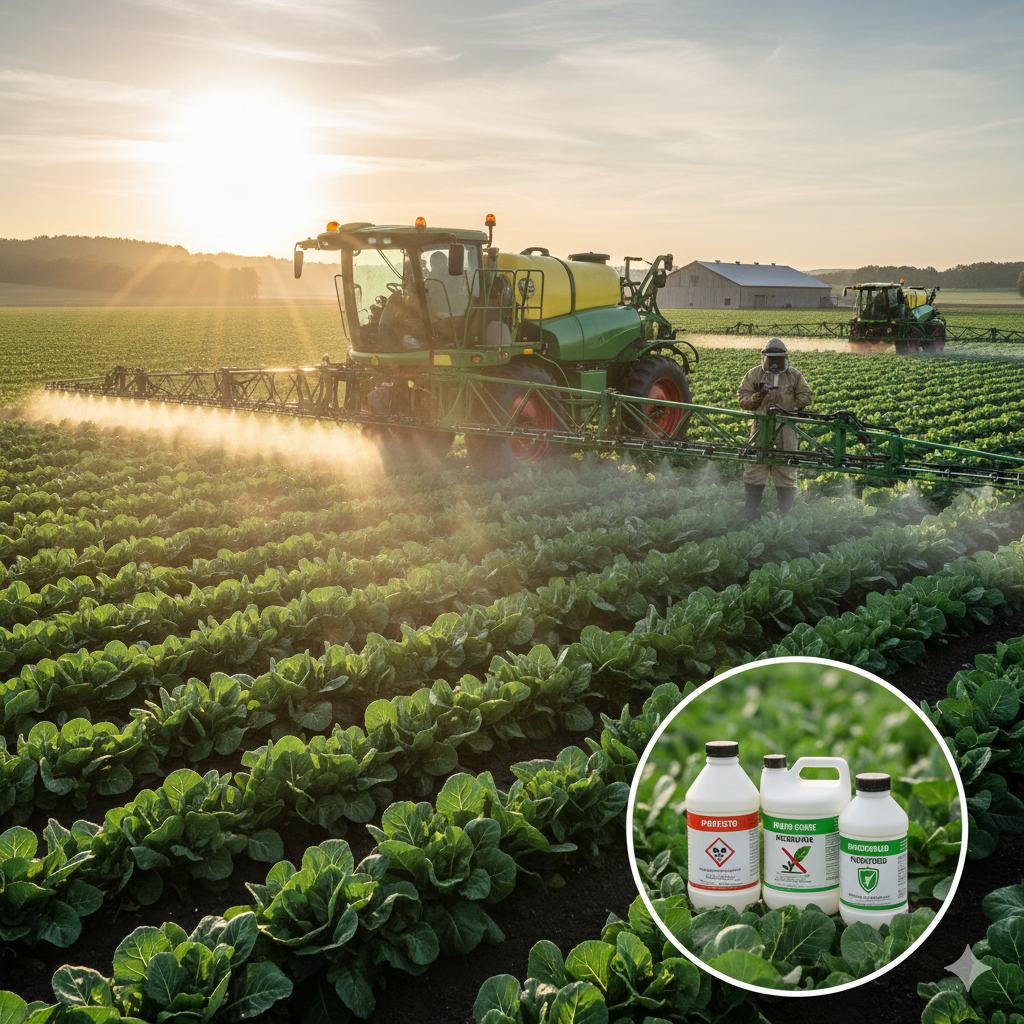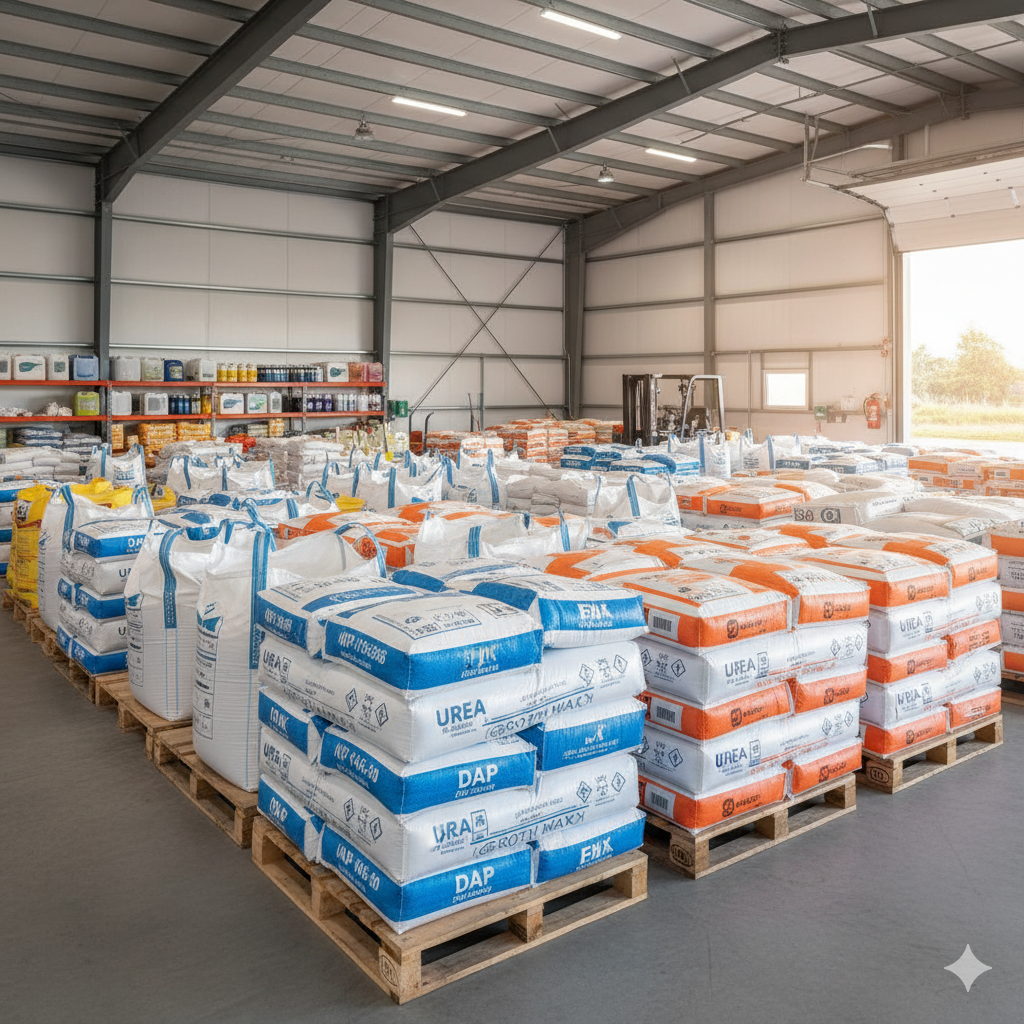Pesticides
Agricultural pesticides are chemical or biological agents designed to control pests that can harm crops, livestock, or human health. These pests include insects, weeds, fungi, rodents, and other organisms that compete for resources, damage plant tissues, or transmit diseases. The use of pesticides is a widespread practice in modern agriculture, aimed at protecting yields, improving crop quality, and ensuring food security. However, their application comes with a complex set of benefits and risks that farmers, policymakers, and consumers must consider.
The primary types of pesticides are categorized by the target pest they control:
- Insecticides target insects, which can cause significant damage by feeding on leaves, stems, roots, or fruits, or by transmitting viral diseases. They work by disrupting insect nervous systems, growth, or other vital functions.
- Herbicides are used to control weeds, unwanted plants that compete with crops for sunlight, water, and nutrients, severely impacting yields. Herbicides can be selective (killing only specific weed types) or non-selective (killing all plant growth).
- Fungicides combat fungal diseases, which can cause rotting, wilting, and spots on crops, leading to substantial losses. They prevent fungal growth or kill existing infections.
- Rodenticides are used to control rodents like rats and mice that can consume and contaminate crops in fields and storage.
-
Nematicides target nematodes, microscopic worms that attack plant roots, inhibiting nutrient uptake.



While no specific sources were cited in the provided text, the information about the benefits, risks, and management strategies for pesticide use is widely available and supported by numerous scientific, agricultural, and environmental organizations. This body of knowledge is generally accepted in the fields of agronomy, toxicology, and environmental science.
The data regarding crop loss prevention and increased yields is commonly found in studies from agricultural research institutions and organizations like the Food and Agriculture Organization (FAO) of the United Nations. The economic benefits for farmers and the role of pesticides in ensuring food security are core tenets of modern agricultural policy.
The environmental and human health risks, including water contamination, impact on biodiversity, and health issues for agricultural workers, are extensively documented by environmental protection agencies (such as the EPA in the United States), public health organizations (like the World Health Organization), and academic research. The concept of the “pesticide treadmill” and the evolution of pest resistance are central themes in entomology and pest management literature.
The principles and practices of Integrated Pest Management (IPM) are promoted globally by agricultural extension services and research bodies as a sustainable alternative to conventional pesticide use. The information on regulations, personal protective equipment (PPE), and ongoing research into safer alternatives are part of the standard curriculum in agricultural and environmental science programs.



